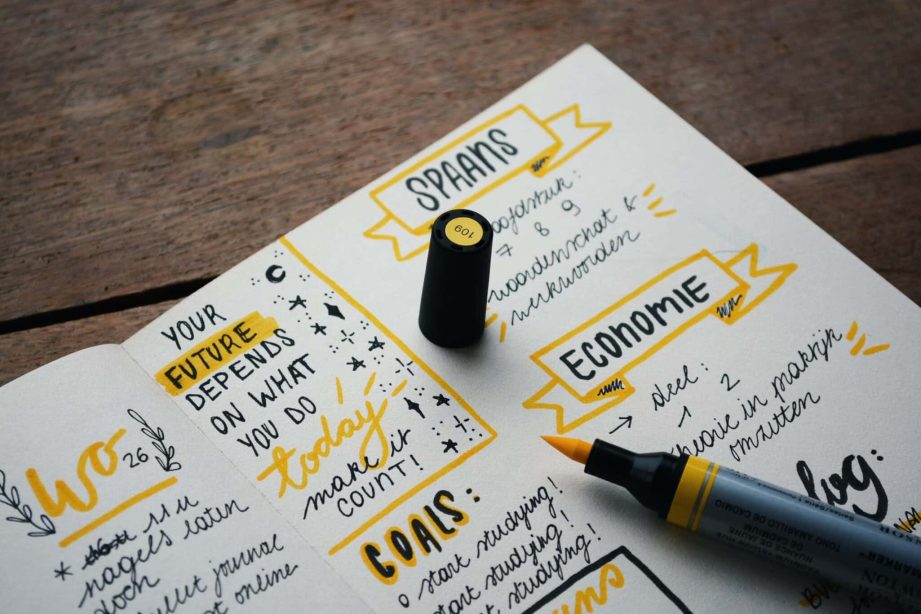Let’s imagine you open TikTok and you search “skincare“. A whole host of companies pop up. You go to each of their accounts. And then, you press a button, and all of the people that work at the company appear. You find everyone who works in the marketing team, and you ask them to follow you. Now the whole marketing team at these various companies will see your videos on their FYP.
Sounds like the dream for a UGC creator, right? Well, it’s also the reality on Linkedin.
LinkedIn has emerged as a powerful platform for content creators looking to connect with potential UGC clients. You can literally build a following of targeted decision makers that work at brands in your industry. Every month, you can connect with hundreds of executives at skincare companies.
And then, when you post a recent UGC video that performed well – unlike hoping for the TikTok alogrith to do it’s thing – it lands on the feeds of hundreds of executives that work at skincare companies. All CEOs, CMOs, and Marketing team members.
Here’s how to use Linkedin for UGC, the right way.
4 Steps to Success with LinkedIn for UGC
Just ‘getting on LinkedIn for UGC’ isn’t going to cut it.
Here is the exact process that you should follow to land UGC clients from LinkedIn:
- Profile Setup and Optimization
- Authority Building Content
- Connection Requests
- Outreach
Step 1: Setting up Your Profile for Success
Like all platforms, you’re going to need an optimized profile. Here are our 4 keys to a strong profile:
- Professional Headshot (close-up, bright, smiling)
- Optimized Bio
- Banner (not generic)
- Featured section (links to your portfolio)
I recommend having your profile image match all of your other socials – you want to create consistency here. Your bio can be simple. Just mention what you do and who you serve.
Make your banner pop. Don’t just put, “UGC Creator” – we want to use this real estate to stand out. The banner is the largest part of the page when someone visits your profile. Let’s use this to grab their attention.
Worked with over 200 brands? Put it in the banner.
Have over 10M monthly views? Put it in the banner.
You were featured in a Forbes article? Put it in the banner.
Another under-utilized section of the LinkedIn profile is the featured section. As a user scrolls through your profile, the featured section will stand out. We want to use this to showcase results, portfolio, or recent case studies.
Step 2: Creating Authority-Building Content
Contrary to popular belief, LinkedIn content doesn’t have to be formal and rigid. By incorporating storytelling, inspirational posts, and striking visuals, you can capture the attention of your target audience and generate substantial engagement.
This is where a lot of people fail.
Just because LinkedIn is a “business platform” doesn’t mean you have to drastically change your tone, style, or creation process. Your content should show examples of past work, showcase your personality, and establish yourself as an authority in the space.
Start to study your LinkedIn feed and see what works well for other creators. Remember, this isn’t TikTok.
You can’t just take all of your videos and post them to LinkedIn with no additional context and expect it to work. I recommend posting mostly text-based posts with images, while sprinkling in a few videos of successful past collabs and high-performing UGC videos.
Step 3: Connecting with Decision Makers
LinkedIn’s unique advantage lies in its ability to connect you directly with decision makers at companies relevant to your niche. Once you have a strong profile and content, it’s time to start connecting with decision makers.
You can do this by searching for relevant brands in your niche, then going to the people section.
Depending on the size of the company, you’ll want to connect with leadership on the marketing team, and even CEOs and founders.
I recommend sending around 10-20 connection requests daily. We’re essentially building a targeted audience of brands that we want to work with.
Leave those connection request notes blank. Unless it’s hyper personalized, the connection request notes often come off as spammy.
Step 4: Mastering the Outreach Process
Once you have established a strong presence on LinkedIn, you will start to receive inbound inquiries. If you nail step 1, and repeat steps 2 and 3 daily, you should have LinkedIn inbounds within the first 30 days.
But now, let’s pour some gas on the fire. Time to turn on outreach. Instead of doing cold email outreach with brands who have no idea who we are, we’re going to do outreach to all of our current LinkedIn connections.
This is a nice warm audience. Executives and marketing team members at brands that you want to work with that have been seeing your content for the past month.
Before you know it, you’ll have more deals than you can manage. Say sia-nara to refreshing the top UGC platforms and let the deals come to you.










